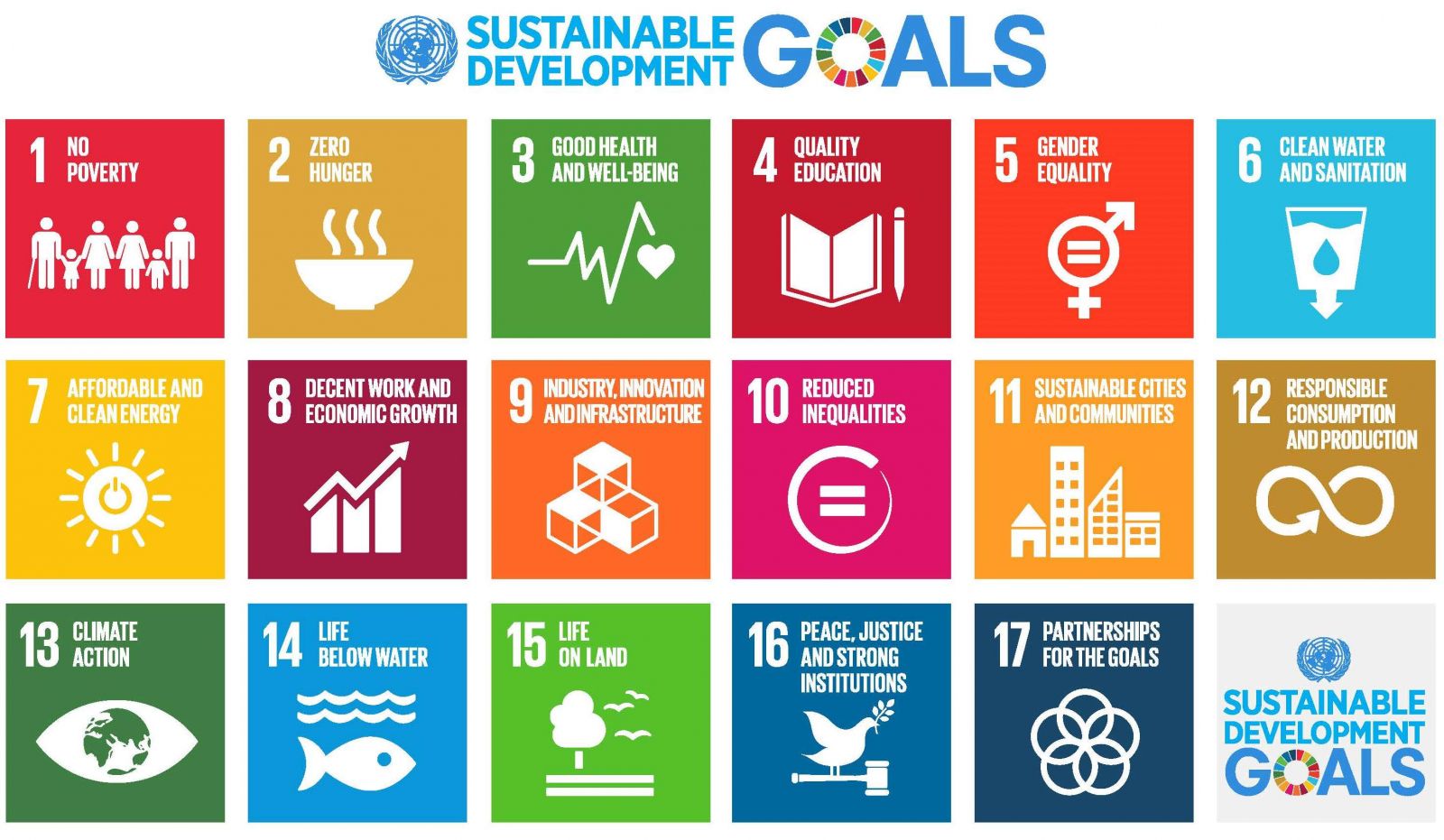Associations & Sustainable Development Goals

An attitude that can change the world
The United Nations Sustainable Development Goals (SDGs) were adopted by all UN Member States in 2015 as a universal commitment to end poverty, protect the planet, and provide people everywhere with the possibility to achieve a better and more sustainable future by 2030 − towards a global society that “Leaves No One Behind.” While the importance of SDGs is obvious, how are associations valuing and implementing those very SDGs? Partners of the World PCO Alliance share some of the trends they are observing in terms of associations’ responses to the SDGs.
Overall, Alliance partners are noticing an increase in general awareness among associations. This awareness is often displayed in the relationships built between an association and the host destination/country of that association’s conference. As André Vietor, Managing Director of Bco Congresos, says: “Rather than concentrating only on SDGs, associations want to leave a legacy in the destination or country where the conference is held, although most associations prefer the term ‘impact’ over legacy.”
The creation of such legacy programmes is usually a joint effort of the host country and the association/ local organisers, though Vietor has also seen many cases of a legacy programme integrated into the criteria of a Request for Proposal. In these cases, the submission of a legacy project becomes another measuring stick in how these countries are evaluated and scored, and it may even favourably influence the final selection. Vietor continues: “In the case of the European Society for Radiotherapy and Oncology (ESTRO), for example, the weight of legacy projects in the bid proposals presented by destinations represents 60% of the overall scoring system, which is quite unusual, but other European Associations do incorporate this aspect in their evaluation process.”
But what does leaving a “legacy” or an “impact” in a destination mean to an association? It is about implementing measurable actions or projects in order to:
- increase awareness of a specific issue within the local community;
- improve prevention measures and treatments in public healthcare;
- increase professionals’ overall knowledge base;
- involve local governments in the effort to raise awareness of those factors in which the country is poorly rated, in relation to neighboring countries.
Finally, there must be a commitment from the host country not only to implement but also to continue with the legacy project long after the conference ends, which often means a duration of several years, depending on the goals.

On a more basic level, Alliance partners are noticing more and more associations addressing SDGs with their membership and stakeholders, and seeing how SDGs align with the association’s vision and mission. Gregg Talley of Talley Management Group Inc. encourages organisations to challenge themselves. “Every organisation’s leadership should be asking itself, how can our organisation better support/ integrate the SDGs into our communications and strategy?”
In terms of which associations are demonstrating the greatest effort in recognising and incorporating SDGs, Talley finds it depends largely on an organisation’s priorities. “The difference in awareness and understanding is factored by two things: global vision/ relevance and leadership.” While the numbers vary, Talley sees the strongest tendency among social and philanthropic organisations.
Having said that, Alliance partners maintain that every organisation can benefit from a proactive and enthusiastic response to SDGs. “If we are going to improve or impact the world, we need to align goals and effort,” says Talley. “The UN SDGs are a framework to do that: to have the conversation, connect, collaborate and take action. The more we can ‘get on message’ and connect over these goals the greater our impact is likely to be. That amplification throughout our stakeholder set radiates the message and, ultimately, aligned action.”
The World PCO Alliance partners are also playing their part, in collaboration with the associations with whom they are engaged, as well as in facility management, which is one aspect of a PCO’s business portfolio in various countries, such as Japan.
Congrès Inc. undertakes environmental preservation activities as the manager of conference venues around Japan, to ensure sustainable meetings & events, including ecologically friendly procurement, progressing locally-produced, locally-consumed and universally recognisable design for venue guidance, and utilisation of IT to save natural resources. Congrès’ Kaoru Shibuta explains that “these kinds of initiatives, especially IT-related, were accelerated in light of COVID-19 and are here to stay.”
Also, through self-produced events related to the SDGs at these facilities, a PCO can raise awareness of the SDGs, not only among stakeholders, but also in the local community. A “Buoy Art Project” launched at the Hamagin Space Science Center in Yokohama provided opportunities for children to learn about marine pollution while encouraging artistic creativity.
In short, associations can leverage their PCOs when organising their meetings to have that impact, not only in terms of the value of the meeting’s programme content vis-à-vis the academic field in the destination country, but in terms of raising awareness and inspiring the entire community, bringing rewards for both the association and the local society far into the future.
This article was provided by the World PCO Alliance.
Other Articles
About Us
Supported by the Union of International Associations (UIA), the International Association of Professional Congress Organisers (IAPCO) and the Interel Group, the global public affairs and association management consultancy, Headquarters Magazines serve the needs of international associations organising worldwide congresses.














